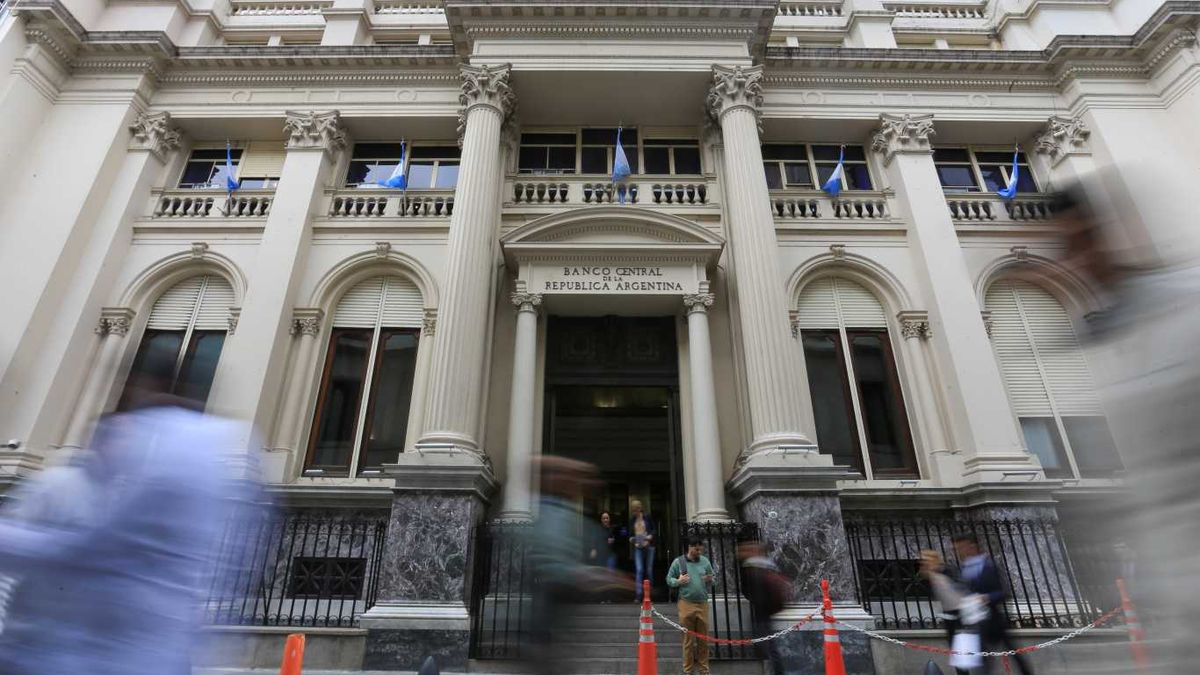“To meet the reserve goal, between now and the end of June, Argentina has to buy US$3 billion. The Central Bank has to buy from US$80 to US$100 million daily. Given what is liquidating the field now it doesn’t seem impossible,” Rozanski said..
The analyst considered that Even if it is “with forceps”, the Minister of Economy, Martín Guzmán, will try to achieve the objectives committed to the Fund last March when the Extended Facilities Program was closed.. The problem is that the understanding “was born old,” he said, because among other scenarios that were imagined at that time is that inflation was going to run at a rate of between 3% and 3.5% and the war in Ukraine altered everything . “Today, if it drops to 4% per month, I’ll sign now,” he said. For this reason, he maintains that both the reserve target, as the fiscal and the monetary are complicated. Regarding accumulating dollars, he indicated that it could help the economy minister if the IMF creates a new fund with Special Drawing Rights (SDR) in which Argentina can request a loan. The other alternative, he said, is that the controls on the sale of dollars are deepened as has been the case up to now. As for adding reserves, he indicated that “May started better” when compared to April. In March it was easy, the SDRs that Guzmán received covered everything.
For his part, Furiase considered that the original agreement signed by Guzmán with the “it was compatible with an inflation of between 3% and 3.5%”. For the Anker economist, the problem in Argentina comes from the side of inflation in the United States, which he considered to be the “key data” to follow in the coming months. The reasoning is that if the rise in prices does not decrease, the Federal Reserve will have to continue increasing the interest rate and that in turn will force the emerging countries to accelerate the rate of devaluation of their currencies. In the case of Brazil, he indicated, “can put pressure on the real multilateral exchange rate” of Argentina. He also highlighted that due to the effect of inflation, the BCRA “went from a crowling peg of 3% to 4% per month and the exchange rate continues to appreciate.” In favor of Argentina’s objectives, he stressed that “the price of commodities remains high” a scenario that, according to what he evaluated, does not seem to change in the short term.
odone, For his part, he specified that the terms of the economy are going to be shortened in the context of rising prices, so he considered that “It will be very difficult for the monthly inflation rate to drop to 4% in the coming months.”, as they suppose in the Palacio de Hacienda.
For economists, then, the evolution of prices today may be compatible with a rate of between 65% and 66% by 2022., so the goal of 60% now proposed by the government is an aspirational goal that is difficult to achieve. Rozanski even considered that if the CPI ends this year with a rise in 68% “it is a good scenario”.
The Funds 1816 economist also broke down the other two aspects of the agreement with the Fund, in addition to the reserves, which are the fiscal deficit and the reduction of monetary assistance to the Treasury. In the first of the cases, Rozanski said that “it seems very difficult that the nominal goals can be met with an inflation that has accelerated so much.” In that case, he believed that if Guzmán is allowed to include the proceeds from the placement of CER-adjustable bonds as income from Property Income, “that makes the agreement lose credibility.” Regarding BCRA assistance to the Treasury,He warned that in the first four months the monetary entity already gave Guzmán 40% of what he has committed to for the whole year.
Source: Ambito
David William is a talented author who has made a name for himself in the world of writing. He is a professional author who writes on a wide range of topics, from general interest to opinion news. David is currently working as a writer at 24 hours worlds where he brings his unique perspective and in-depth research to his articles, making them both informative and engaging.




